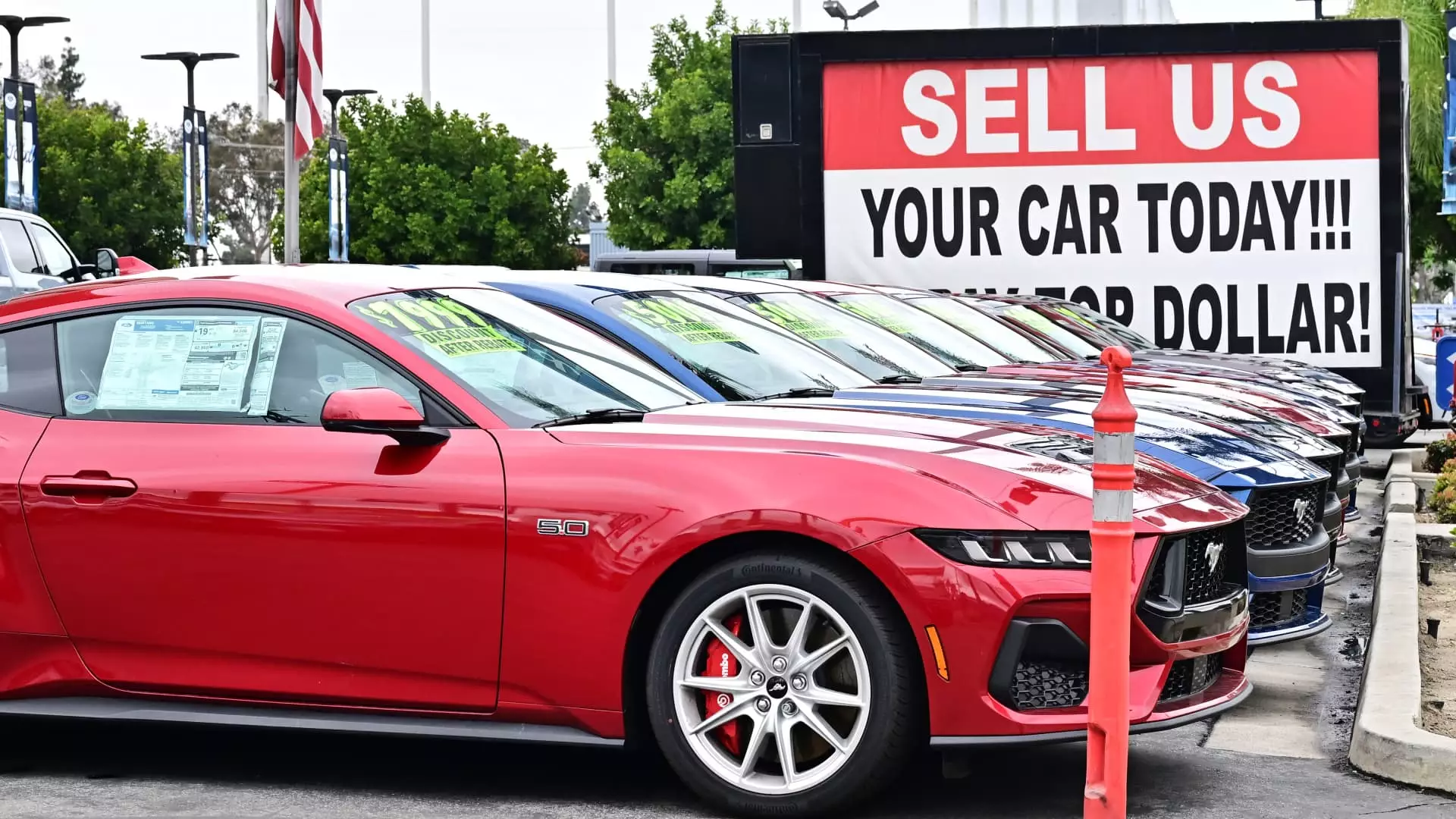The recent movements in the used vehicle market reveal a complex and often contradictory landscape. While wholesale prices experienced a modest decline of 1.5% from April to May, they remain firmly above last year’s levels by 4%. This suggests that despite some cooling, the market retains a surprising robustness, defying expectations of a sharp downturn. This resilience questions whether we are witnessing a genuine stabilization or merely a temporary pause before another surge or decline. The narrative that used car prices are beginning to settle down is overly simplistic and potentially misleading, as underlying supply and demand fundamentals continue to fluctuate in unpredictable ways.
Supply Challenges and Consumer Behavior
The persistent shortage of used vehicles — with inventories languishing at around 2.2 million units, significantly below historical averages — plays a pivotal role in maintaining prices. Consumers, wary of rising costs and limited options, continue to hold onto their existing vehicles longer, reducing the volume of trade-ins and fresh supply. This behavioral trend, combined with ongoing supply chain disruptions caused by pandemic-related production slowdowns, fuels a market environment where demand outstrips supply, thereby keeping prices buoyant. The limited inventory also means that even with declining wholesale values, retail prices have been slow to dampen, a phenomenon that reveals the disconnect between wholesale market dynamics and retail consumer prices.
Impact of External Economic Factors
While tariffs imposed on new imported vehicles don’t directly raise used car prices, their ripple effects are undeniable. Increases in new vehicle costs and production constraints indirectly ripple into the used market because consumers often substitute new with used, especially when new vehicles become less affordable. This substitution boosts demand for used vehicles, preventing price declines from taking full effect. Additionally, a broader economic perspective — including inflationary pressures and shifting consumer confidence — influences purchase decisions, keeping the market unpredictable. The notion that tariffs or policies have minimal impact oversimplifies how interconnected our automotive supply chain truly is.
Future Outlook: Is the Market Sustainable or Do We Face a Coming Storm?
Despite signs of stabilization in recent months, the used car market remains vulnerable. The combination of limited supply, consumer hesitation, and external economic pressures suggests that the current equilibrium is fragile. Should new vehicle production increase or consumer demand weaken, prices could swiftly turn lower. Conversely, any escalation in supply chain issues or economic downturn could exacerbate shortages and drive prices even higher. The optimistic view that the market is settling down fails to account for underlying pressures that could destabilize this fragile balance. What we are witnessing appears to be a temporary plateau rather than a definitive end to volatility, leaving consumers and industry insiders alike in a state of cautious uncertainty.

